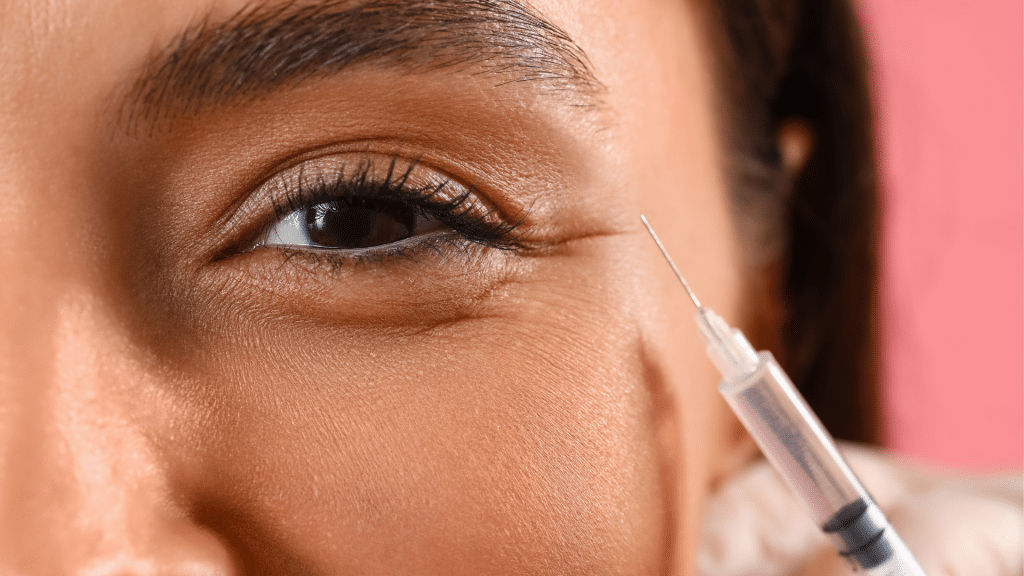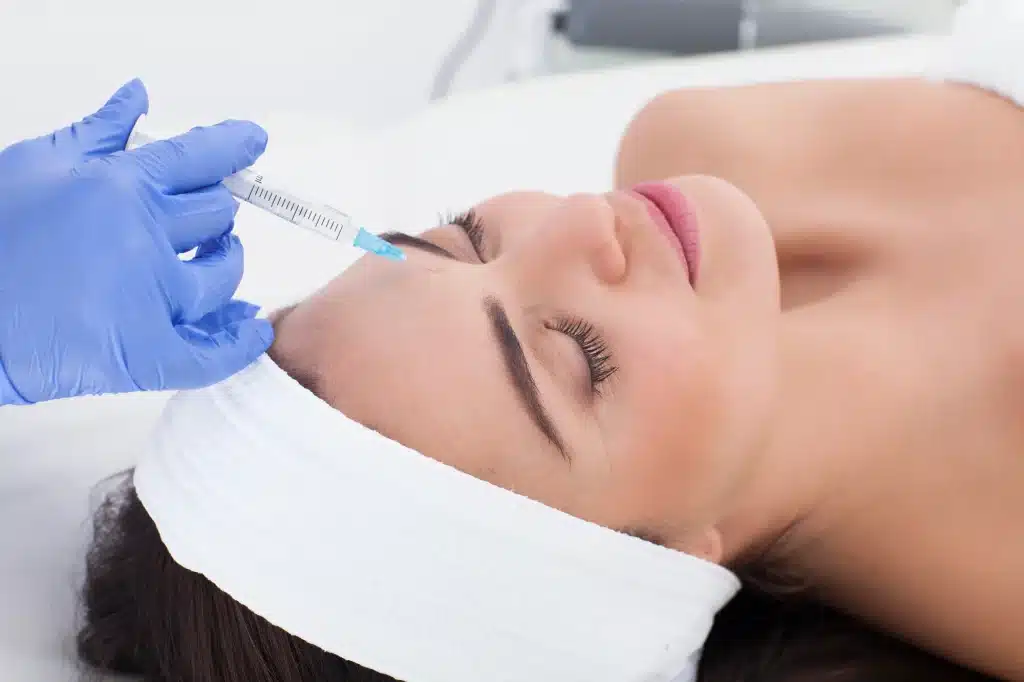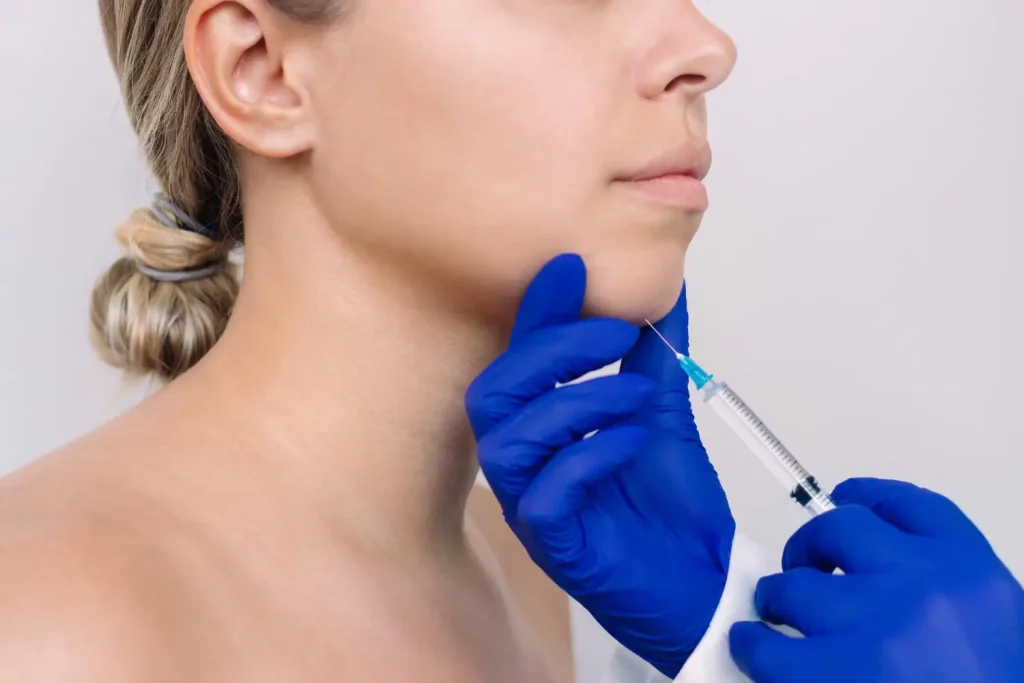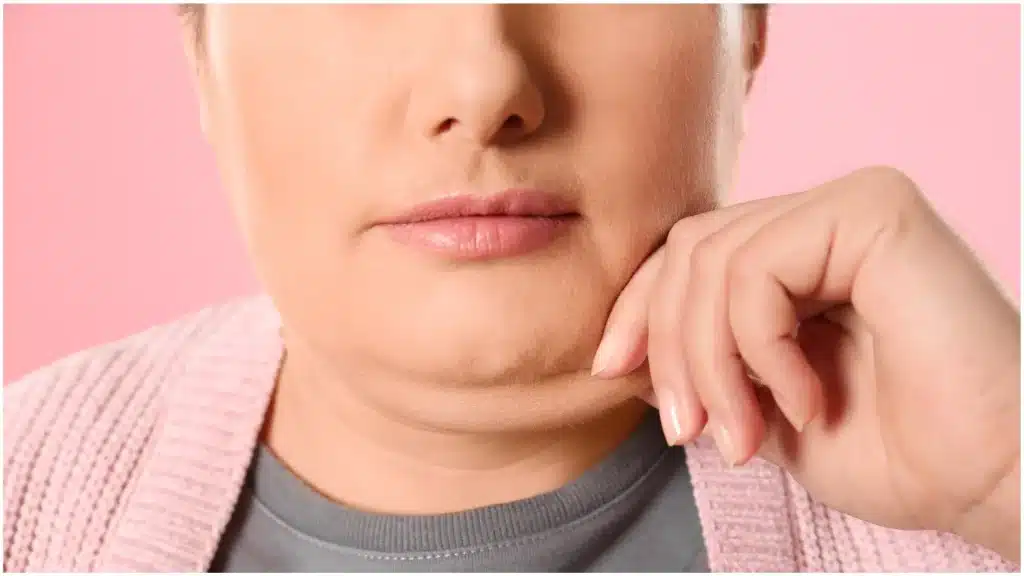Recent trends in aesthetic medicine highlight a considerable growth in the demand for non-invasive treatments, with procedures like Botox and dermal fillers experiencing a surge of about 30% from 2021 to 2022. This reflects an increasing preference for treatments that offer rejuvenation without extensive surgery. Dermal fillers, especially those based on hyaluronic acid, have become particularly popular due to their effectiveness and minimal recovery time.
Regarding dermal fillers, two prominent players stand out: Juvéderm and Restylane. Both utilize hyaluronic acid gels to plump up the skin, effectively reducing wrinkles. Juvéderm offers various formulations tailored for specific facial areas, including the mouth, cheeks, and fine lines around the nose and mouth.
This article will explore the differences between Juvéderm and Restylane, helping you decide when to select the suitable dermal filler for your aesthetic needs.
Key Takeaways
- Juvederm offers a smoother texture for treatments requiring volume and delivers long-lasting results, making it great for deeper wrinkles.
- Due to its cohesive nature, Restylane provides precise shaping abilities, making it ideal for fine lines and detailed facial contouring.
- Both fillers use hyaluronic acid to rejuvenate the skin but differ in their rheological properties, which affects how they perform under the skin.
- The choice between Juvederm and Restylane depends on individual needs, such as the treatment area, skin type, desired longevity of results, budget considerations, and specific cosmetic goals.
- Proper application techniques by experienced professionals are crucial to maximizing the benefits and achieving high patient satisfaction with either filler option.
About: Medical Spa RX provides premium products at the best prices for medical practices. If you’re looking to buy Juvederm for your practice, the sales representatives at Medical Spa RX can guide you.
Introduction to Juvederm and Restylane

Juvederm’s ingredients make it a leading choice in injectable fillers. This hyaluronic acid filler rejuvenates aging skin without requiring surgical procedures. It works by smoothing wrinkles and restoring facial volume, providing results that can last up to twelve months.
Restylane is a leading cosmetic injection landscape brand renowned for its granular and cohesive properties. This hyaluronic acid-based dermal filler excels in facial rejuvenation, wrinkle treatment, skin plumping, and soft tissue augmentation.
Rheological Properties
Rheological properties refer to how these substances respond to being moved or manipulated. These properties are critical because they determine a filler’s behavior under the skin, affecting its performance from injection to the period it resides in the tissue.
| Property | Juvederm | Restylane |
| Viscosity | High | Varies |
| Elasticity (G’) | Higher | Lower than Juvederm |
| Coheviscosity | Optimized for smoothness | Designed for stability |
| Lift Capacity | High | Moderate |
| Product Migration | Minimal | Lower compared to lower viscosity fillers |
| Duration of Effectiveness | Longer | Varies, generally shorter than Juvederm |
| Application | Suitable for deep wrinkles and areas requiring volume | Used for fine lines and detailed shaping |
Longevity and Patient Satisfaction Rates
Evaluating the longevity of Juvederm compared to Restylane is essential for individuals considering dermal fillers. Based on hyaluronic acid, these products have proven effectiveness but differ in duration.
| Aspect | Juvederm | Restylane |
| Average Longevity | Up to a year | 9 to 12 months |
| Key Factors for Longevity | Placement and depth of injection | Placement and depth of injection |
| Product Variants | Multiple, targeting different needs | Multiple, targeting different needs |
| Overall Patient Satisfaction | High, due to duration and effect | High, comparable to Juvederm |
Choosing the Right Dermal Filler for Specific Applications
Choosing the correct dermal filler between Juvederm and Restylane hinges on understanding their unique properties and applications. Both fillers excel in cosmetic enhancements but cater to different needs based on their formulation.
Image Courtesy of Mabrie Facial Institute
- Juvederm works best for smoothing wrinkles and lines, so it’s ideal for areas like the cheeks and mouth. Restylane, with its ability to add precise volume, suits detailed facial contouring, such as lips and under-eyes.
Image Courtesy of Celibre
- Patients with thinner skin might find Restylane more beneficial because it offers a firmer texture that better supports delicate areas. Juvederm, offering a softer finish, is suitable for thicker skin needing volume and smoothness.
Conclusion
Choosing between Juvederm and Restylane for your dermal filler needs depends on various factors, such as desired outcomes, specific facial areas needing enhancement, and individual skin characteristics.
Each filler offers unique benefits due to its hyaluronic acid composition, providing volume and smoothing out wrinkles effectively. Knowing the differences in their textures and effects helps tailor treatment plans to meet patient expectations accurately.
Whether you opt for Juvederm or Restylane, both options are reliable for achieving a refreshed and rejuvenated appearance.
FAQs
1. What are Juvederm and Restylane?
Juvederm and Restylane are injectable fillers that smooth wrinkles and plump up the skin.
2. How do I know if Juvederm or Restylane is right for me?
Consulting with a licensed dermatologist or cosmetic surgeon can help determine which filler, Juvederm or Restylane, best suits your needs.
3. Can anyone get Juvederm or Restylane treatments?
Most healthy adults can receive Juvederm or Restylane treatments, but a consultation with a healthcare provider is necessary before treatment.
4. How long do the effects of Juvederm and Restylane last?
The effects of Juvederm can last up to 12 months, while Restylane’s results may vary from 6 to 18 months, depending on the product used.
5. Are there any side effects associated with Juvederm or Restylane injections?
Common side effects include temporary redness, swelling, tenderness, and bruising at the injection site.
References
DeLorenzi, C. (2011). The role of hyaluronidase in the treatment of hyaluronic acid filler complications. Aesthetic Surgery Journal, 31(1), 110-115. https://doi.org/10.1177/1090820X10383948
Choi M. S. (2020). Basic rheology of dermal filler. Archives of plastic surgery, 47(4), 301–304. https://doi.org/10.5999/aps.2020.00731
International Association for Physicians in Aesthetic Medicine. (2024). Top aesthetic medicine trends to watch in 2024. Retrieved May 16, 2024, from https://iapam.com/2024-aesthetic-medicine-trends



















